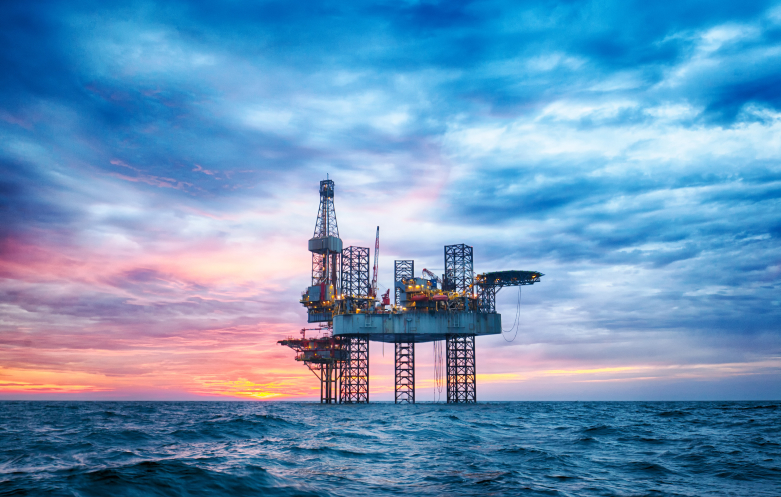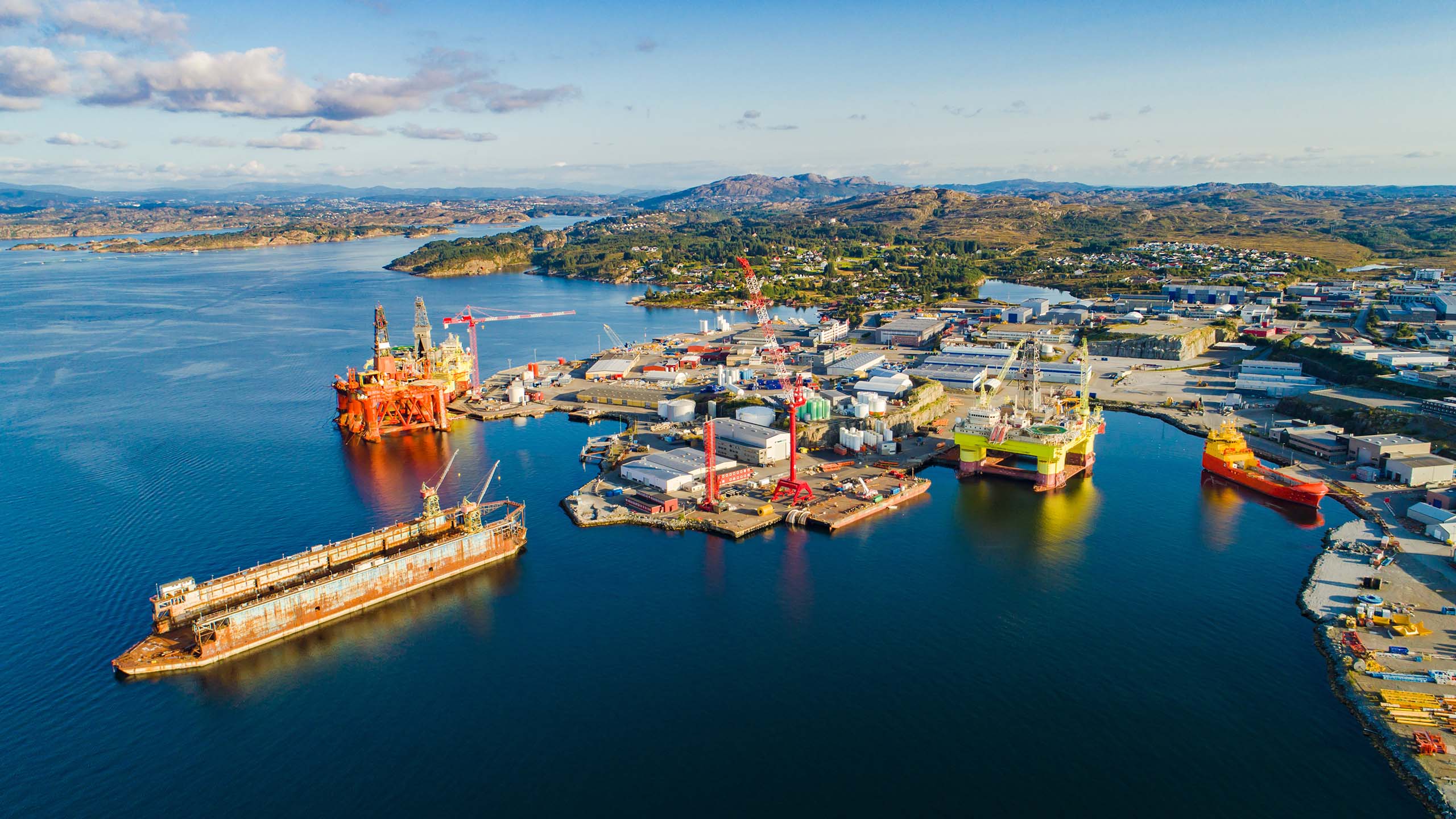Northern Territory Decommissioning Location Study
As part of CODA’s commitment to supporting the establishment and growth of an Australian domestic oil and gas decommissioning, dismantling, recycling, and disposal industry, this study identifies the optimal location(s), infrastructure requirements, and enabling conditions for facilities in the Northern Territory to receive and process offshore decommissioning cargos.
CODA’s previous studies estimated USD40.5 billion worth of decommissioning activity that will take place in Australian waters over the next few decades. Approximately 20% of this activity is associated with the Browse and Bonaparte basins, with at least USD600 million potentially spent on onshore disposal due to recovery of assets in the Northern Territory. This presents a real opportunity for NT-based businesses to contribute to the industry, provided infrastructure and regulatory pathways are enabled.
At a high level, the study concludes that:
- Offshore oil and gas assets from the Browse and Bonaparte basins will be decommissioned over the next 40 years, with three distinct peaks in activity.
- NT ports are well-positioned geographically, but demand will be intermittent, limiting continuous industry development.
- Darwin Harbour offers multiple viable options for receival, including East Arm Wharf, the Marine Supply Base, the Darwin Ship Lift, and the proposed Middle Arm MOF.
- Regional ports such as Port Melville, Gove, Alyangula, and Bing Bong face major limitations likely preventing them being used for decommissioning activities.
- Waste treatment capacity in the NT is currently limited, but national networks and upcoming infrastructure may help bridge the gap..
- Clear, coordinated regulatory processes are needed to improve confidence and reduce project risk.
The full version of this study as well as the other reports is available to CODA partners via the CODA Partner Portal.
Access the full study via the Partner Portal







